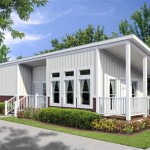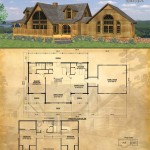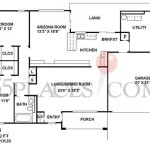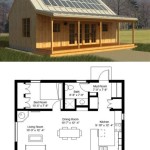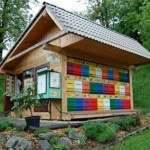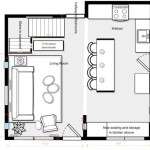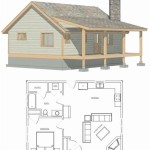Essential Aspects of Micro Cottage House Plans
Micro cottage house plans have gained popularity in recent years for their affordability, sustainability, and charm. These tiny homes offer a cozy and efficient living experience, making them an ideal choice for individuals, couples, or small families. When designing micro cottage plans, it's essential to consider several key aspects to ensure a functional and comfortable living space.
1. Size and Layout
The size of a micro cottage typically ranges from 100 to 400 square feet. The layout should be well-planned to maximize space utilization. Multi-functional spaces, such as a living room that also serves as a dining area, can help create a more open and airy feel. Lofts or Murphy beds can be incorporated to create additional sleeping or storage space.
2. Energy Efficiency
Micro cottages should prioritize energy efficiency to reduce utility costs and environmental impact. Proper insulation, energy-efficient appliances, and natural light can significantly contribute to energy savings. Consider passive solar design principles to harness natural sunlight for heating and lighting.
3. Storage and Organization
Storage is crucial in small homes. Built-in cabinetry, under-bed storage, and vertical storage solutions can maximize space and keep the home organized. Multi-purpose furniture, such as ottomans with built-in storage, can also provide additional functionality and organization.
4. Functionality
Every space in a micro cottage should serve a specific purpose. Avoid unnecessary features or clutter that can make the home feel cramped. Open shelving can be used to display items while maintaining a sense of openness. Smart storage solutions can help keep frequently used items accessible.
5. Outdoor Space
Even in a small home, outdoor space is valuable for relaxation and recreation. Consider incorporating a small patio or deck to create an outdoor living area. Vertical gardens or hanging planters can add greenery and create a connection to nature without taking up valuable ground space.
6. Materials and Finishes
The choice of materials and finishes can impact the overall aesthetic and functionality of a micro cottage. Natural materials, such as wood and stone, can create a warm and inviting atmosphere. Durable materials, such as tile or laminate flooring, are essential for high-traffic areas.
7. Legal Considerations
Before constructing a micro cottage, it's crucial to check local building codes and zoning regulations. Some areas may have restrictions on the size or type of small homes allowed. It's advisable to consult with local authorities or architects to ensure compliance with building codes and permit requirements.
By carefully considering these essential aspects, you can create a micro cottage house plan that meets your needs for a comfortable, functional, and sustainable living space. These tiny homes offer a unique blend of affordability, efficiency, and charm, providing a cozy and environmentally friendly alternative to traditional housing.

27 Adorable Free Tiny House Floor Plans Small

27 Adorable Free Tiny House Floor Plans Craft Mart

Tiny House Floor Plans With Lower Level Beds Tinyhousedesign Design

15 Budget Friendly Tiny House Plans For Maximum Space And Comfort
:max_bytes(150000):strip_icc()/SL-731_FCP-83e310d6c4f4422a88bd36464339bf30.jpg?strip=all)
26 Tiny House Plans That Prove Bigger Isn T Always Better
:max_bytes(150000):strip_icc()/SL-1980_FCP-b625a179a38d4857b4da2bd5a127b181.jpg?strip=all)
26 Tiny House Plans That Prove Bigger Isn T Always Better

Small House Floor Plan The Plain Front Could Be Jazzed Up Considerably But It S A Livable Vacation Tiny Kits Plans

Small Living Tiny House Plans And Micro Cottage Floor Houseplans Blog Com
:max_bytes(150000):strip_icc()/garden-cottage-tiny-house-plan-7db9e8f7a38346158409227d0e1d97ef.jpeg?strip=all)
5 Stylish Tiny House Plans We Re Coveting Right Now

Pin On Cabin Plans

